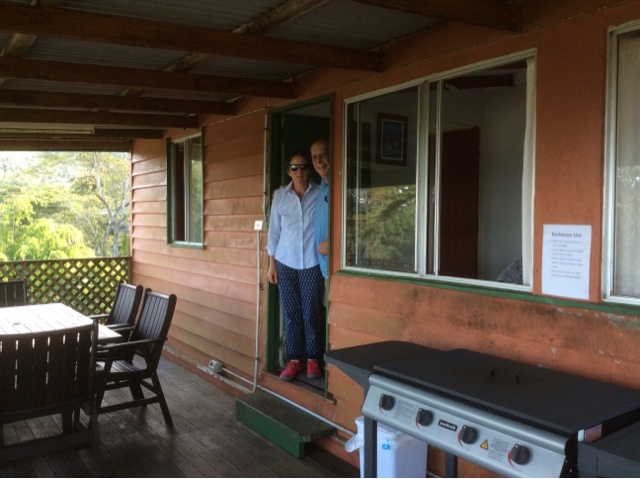As aviators the Bazflyers are well conversant with checklists. Aircraft checklists have
long been regarded as the foundation of pilot standardization and cockpit
safety. Checklists are used for every takeoff and landing to ensure all vital
actions are completed.
A checklist functions as a type of informational job aid used to
reduce failure by compensating for potential limits of human memory and
attention. So with Christmas 2015 now just a couple of days away we felt it was
fast approaching time to consult our ‘End of Year’ checklist.
It’s not just an ever-ratcheting age that potentially challenges memory and attention; in our case we also have the delightful distraction of four lovely grandchildren. This year’s flight has been a wonderful experience for the Bazflyers and we certainly wish to end it with a smooth touch down.
Our end of year checklist begins with a special big ‘thanks’ to all our family and great friends wherever you are around the world. We love you all…!
Sandra and I have been blown-away with the level of interest in our Bazflyer blog. Travelling and flying our Comanche would not be nearly as satisfying without your company along the way. Please join us again in 2016….!
On review this year’s blogging has some omissions like…not blogging while touring in Wisconsin during July and August with our good Ozzie mates, Tony and Jan. Sorry….!
To complete this year's final approach checklist we offer a few of the many photo’s taken throughout 2015:
It’s not just an ever-ratcheting age that potentially challenges memory and attention; in our case we also have the delightful distraction of four lovely grandchildren. This year’s flight has been a wonderful experience for the Bazflyers and we certainly wish to end it with a smooth touch down.
Our end of year checklist begins with a special big ‘thanks’ to all our family and great friends wherever you are around the world. We love you all…!
Sandra and I have been blown-away with the level of interest in our Bazflyer blog. Travelling and flying our Comanche would not be nearly as satisfying without your company along the way. Please join us again in 2016….!
On review this year’s blogging has some omissions like…not blogging while touring in Wisconsin during July and August with our good Ozzie mates, Tony and Jan. Sorry….!
To complete this year's final approach checklist we offer a few of the many photo’s taken throughout 2015:
------------------------
Chicago
turned on a splendid day for the Bazflyers. Here’s a photo of the Wrigley
Building constructed in the early 1920’s as the headquarters for chewing gum magnate
William Wrigley. A fortune made from chewing gum…!


One cannot
walk through the doors of the architecturally amazing Milwaukee Art Museum
without taking in a colorful burst of Dale Chihuly’s glass artwork. In the
almost 50 years since he lived and studied in Wisconsin, no other artist can
claim to have brought as much popular attention to American art glass as Dale
Chihuly.


Airventure Oshkosh is an annual gathering of aviation enthusiasts held every July at Oshkosh Airport. More than 500,000 people, over 10,000 private aircraft, attend the weeklong event and during this time the airport’s control tower is the busiest in the world. Bazflyers were there….

Unique glass ANZAC poppy made by Taupo glass artist Lyndon Over and proudly worn by Bazflyers at the Gallipoli commemorative service.

Nothing says 'USA' more than hot waffles...

Or maybe make that a Ford V8

A long road somewhere near Prescott, Arizona. Great cooler landscapes high above the 44'C temperatures lower down in Phoenix....

In case you didn't know, Scotland is that'a way....

Paddy's bike shop is a typical example of rural Ireland...looks so quaint and that's before you hear the shopkeeper's lilting accent....

Young Turkish women...

Even younger Turkish lads

Yummy Turkish treat....
!

Icelandic pop art is as colourful as the painted buildings...

Volcanic smoke mingles with a setting sun to paint a brilliant scene of natural art high above Lake Taupo...

Our BAZ BASE has been the site for a major project this year...new larger aircraft hanger and office space.

On Lake Taupo paddle-boarding into 2016....see you on the other side!





































